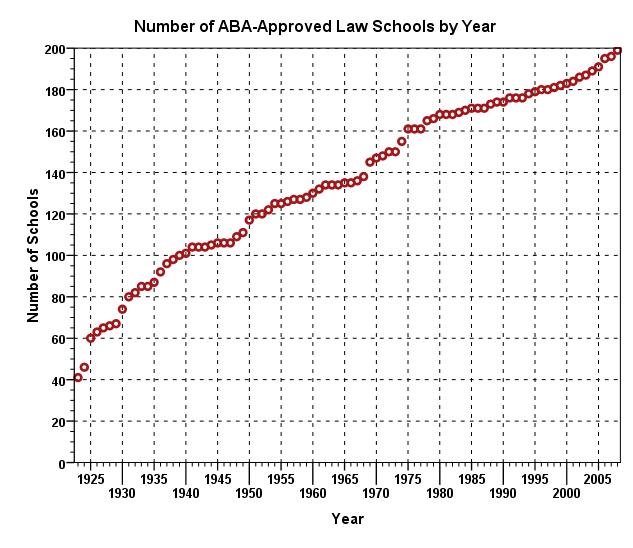So, the Big Question is how does one perform a meaningful assessment in a large doctrinal class of, say, 90 students? One of the most cogent remarks of the Conference was David Thompson’s observation that for assessment to penetrate deeply into law school classrooms, it must be made “dumb easy.” Methods that work in small group settings do not easily transform to a larger group unless a huge investment is to be made in additional teaching resources.
Long before the ABA’s interest in assessment, I wondered, like many doctrinal professors, what exactly is the reason I get away with giving only a single final exam for a course, with no quizzes and no mid-terms. The answer I came up with, which I think is sound, is this: Law schools and students strike a deal. Students forego the more regularized feedback and assessment present in most educational settings in exchange for getting a full professor and no teaching assistants. One obvious way to make assessment work in a large doctrinal class is to farm it out to TAs. But that breaks the bargain traditionally struck. So, other than through TAs, how do we do assess in large classes? If this is to occur, it is going to either change the historic bargain or involve the magic genies of technology. And there are some cost and time-effective means of assessing through technology such as on-line quizzes and audience response software. But nothing is free. If there is a cheap way to assess, it is probably less effective as a means of assessment than a costly and time-consuming one.
Jeff Rensberger

Part 4 the Legal Education at the Crossroads conference
Thursday, September 24th, 2009One key group missing from the Conference was Deans. I would have loved to hear from some Deans on how they would implement broad-based assessment when they are the same time trying to manage budgets, get their faculty to write more, and improve their school’s US News ranking. As to the latter, does one gain anything at all in US News rankings by having a state of the art assessment regime? There is a huge issue of aligning what should be the prime goal of law schools–legal education–with other institutional imperatives, some of which, like US News, are imposed from without.
Jeff Rensberger
Posted in ABA, Assessment, Commentary, Conferences, Law Professors, Law Schools, Rankings, Student Learning, Teaching | No Comments »